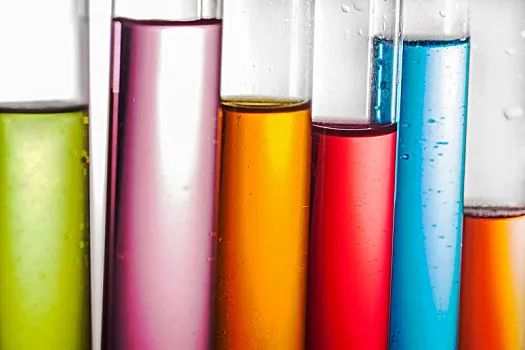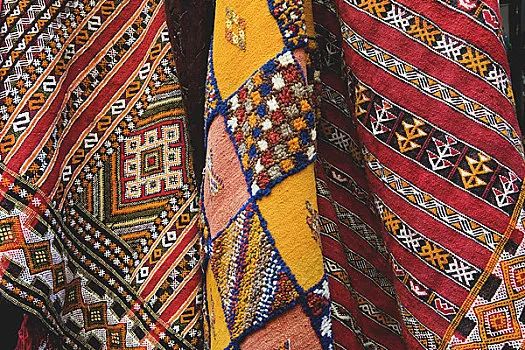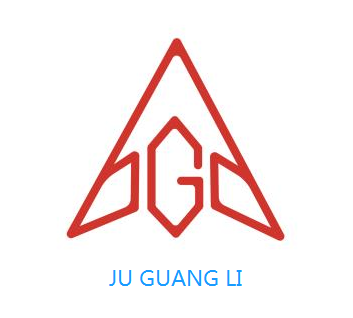Home > Company News > What is a surfactant?
Company News

Surfactant.
Surfactants are a large class of organic compounds, their properties are very distinctive, their applications are extremely flexible and extensive, and they have great practical value.

Surfactants have been used as emulsifiers, detergents, wetting agents, penetrants, foaming agents, solubilizers, dispersants, suspending agents, cement water reducers, fabric softeners, leveling agents, color fixing agents, bactericides , catalyst, water repellent, antifouling agent, lubricant, anti-acid fog agent, dustproof agent, preservative, spreading agent, thickener, membrane penetrating agent, flotation agent, leveling agent, oil displacing agent, anti-caking agent Block agent, deodorant, antistatic agent, surface modifier and dozens of functional reagents are used in daily life and many industrial and agricultural production fields.

As an auxiliary or additive, it is used in traditional industries such as food, paper, glass, petroleum, chemical fiber, textile, printing and dyeing, paint, medicine, pesticide, metal processing, new materials, construction, and high-tech fields.
Although they are often not the main body of the industrial product, they can play a key role in the production of various products. Although its dosage is not large, it can play a key role in increasing product varieties, reducing consumption, saving energy, and improving quality.
About textile applications

Surfactants are widely used in the textile industry
For example, in spinning, spinning, sizing, weaving or knitting, refining (refining and bleaching), dyeing, printing, finishing and other textile processing procedures, surfactants or surfactant-based auxiliaries must be used. , to increase efficacy, simplify processes, improve performance and improve quality.
In practical applications, surfactants are used as detergents, wetting agents, penetrants, emulsifiers, solubilizers, foaming agents, defoaming agents, smoothing agents, dispersing agents, leveling agents, and dye retarders , Fixing agent, refining agent, softener, antistatic agent, waterproofing agent, bactericide, etc. The earliest application in the textile industry is the non-ionic surfactant. Although its consumption ratio has gradually decreased in recent years, its consumption is still large compared to other industrial sectors, and it is widely used as a solubilizer, detergent, wetting agent, and dispersant. , emulsifier, leveling agent, refining agent, softener, antistatic agent, etc.
Among ionic surfactants, anionic surfactants are mainly used as detergents, penetrants, wetting agents, emulsifiers and dispersants, etc.; cationic surfactants can be firmly adsorbed on fabrics due to the negative charge of fibers. Commonly used as fabric softener, leveling agent, waterproofing agent, antistatic agent and color fixing agent; amphoteric surfactants are generally used as leveling agent, fabric softener and antistatic agent for metal complex dyes.



